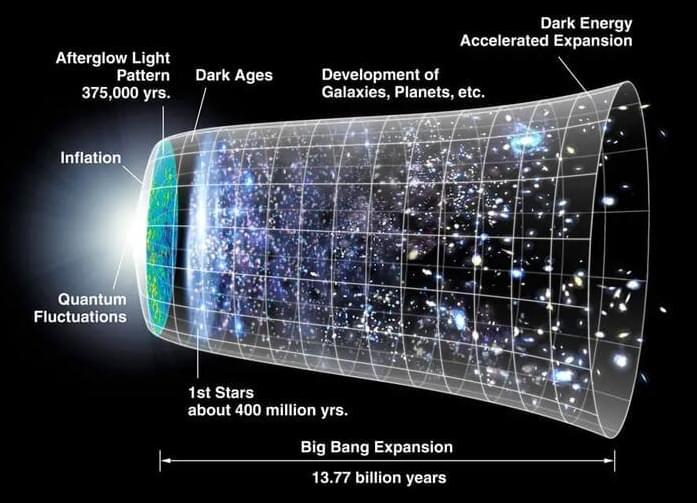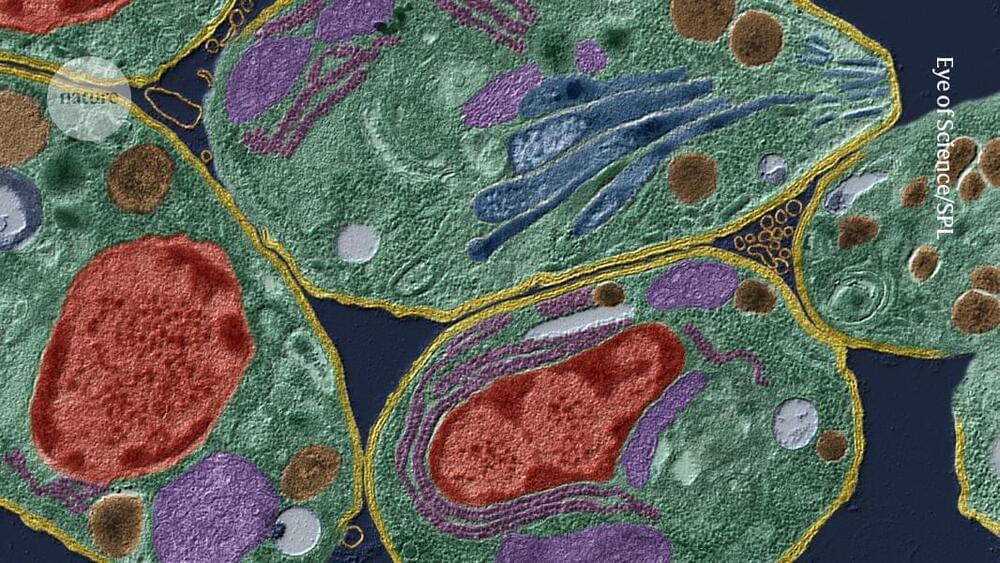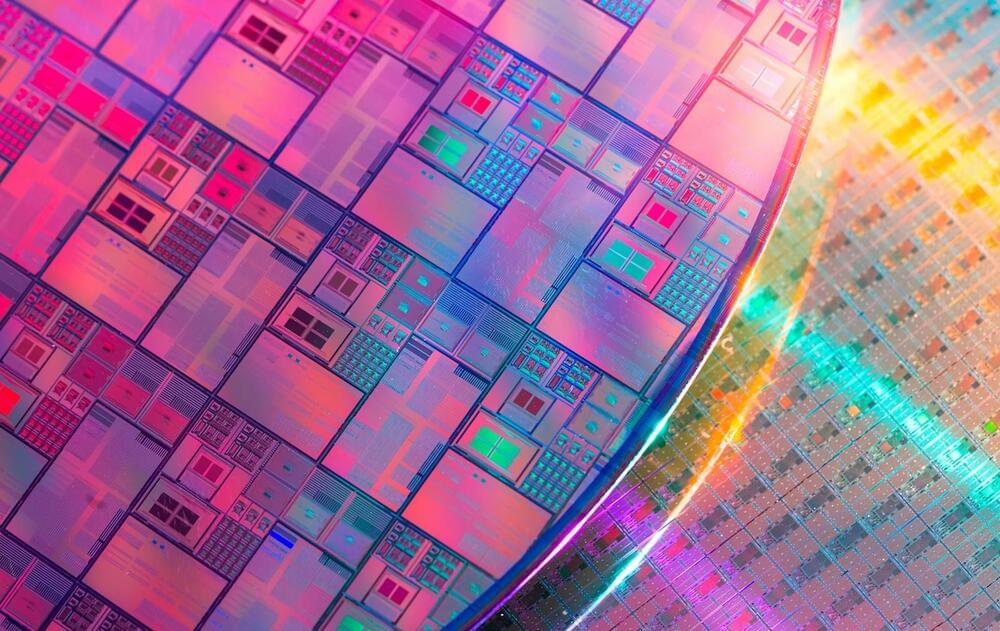A team of physicists has successfully created superconducting properties in materials known for conducting electricity only at their edges, marking a potential leap forward in quantum computing technology.
This achievement, which has eluded researchers for over a decade, was made possible through meticulous control of the experimental conditions.
Quantum Breakthroughs






